Epos ES-7N Review
When we, as reviewers, can’t stop smiling while listening to a new speaker, and goosebumps appear even though it’s 30 degrees outside, it’s clear: an exceptional speaker is at work.
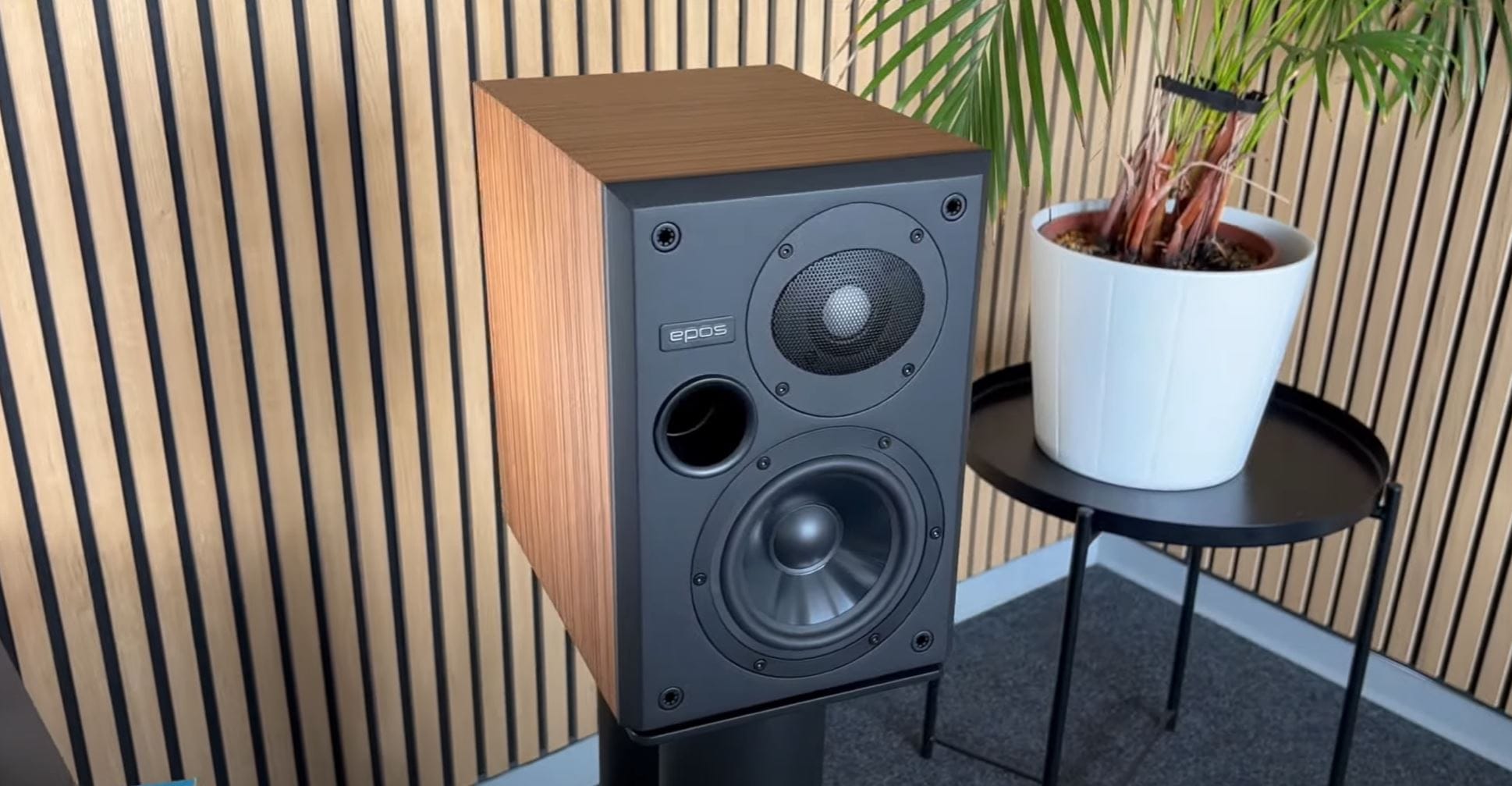
Sometimes, our work in the office is even more fun than usual. Monday, June 17th, was one of those days. We had a true expert visiting. None other than Karl-Heinz Fink stopped by in Leipzig, and he didn’t come empty-handed. He brought the Epos ES-7N – a compact speaker that fits perfectly in Leipzig.
Why? We’ll tell you in a moment.
But first, a few words about Epos. Many HiFi fans might wonder why German speaker designer Karl-Heinz Fink brought a speaker from the British heritage brand. To understand this, we need to take a brief look back.
A Look Back at Epos
Epos was founded by Robin Marshall in 1983, surprising the HiFi world with unconventional and acoustically precise speakers. One well-known and iconic model is the Epos ES14. In 1988, Epos was sold to Mordaunt-Short, a part of the TGI PLC group. In the same year, Creek Audio also became part of this group.
In 1994, Michael Creek bought back Creek Audio from the TGI PLC group. Five years later, the group decided to end Epos operations, and Michael Creek seized the opportunity. In 2020, FinkTeam took over the Epos brand from Creek Audio. Karl-Heinz Fink had previously collaborated with Epos founder Robin Marshall, and his late friend and export manager David Jefferys had also worked there. So, there was both a professional and emotional connection to the company and the brand Epos.
In short: since 2020, Epos speakers have been developed by Karl-Heinz Fink’s company, FinkTeam, and built to their specifications in Asia by trusted factories with their own staff on-site. Meanwhile, FinkTeam speakers are made in Essen, North Rhine-Westphalia, as reflected in the price. Currently, Epos offers two compact speakers: a remake of the ES-14, named ES-14N (2023), and the ES-7N (2024), which we are reviewing now. Looking ahead, the floor-standing speaker ES-28N will be released in fall 2024.
The Creation of the Epos ES-7N
We mentioned earlier that the Epos ES-7N fits wonderfully in Leipzig. But why? The story goes that an intern at FinkTeam asked Karl-Heinz if he could measure a speaker he had at home. “Sure, no problem,” Fink said, curious to see what kind of speaker the intern wanted to measure.
It was a speaker from the 1980s with an interesting design: a compact box, two-way system, and a subwoofer output between the tweeter and mid-bass driver on the front. The measurements were surprisingly good, and the sound even surprised Fink. He told us: “While speakers from well-known West German brands of that time had a boomy bass, this speaker really got it right.”
At this point, some readers might guess that the speaker the intern brought in was from the former East Germany. It was the RFT BR 25. Before the reunification, 650,000 units were produced, with 50% shipped to West Germany, where they were sold by companies like Conrad, and even Heco sold them under their brand name.
Over half a million sold units make it one of the best-selling speakers in Germany – possibly the best-selling. It was developed by VEB Musikelectronic Geithain, now known as ME Geithain, which is just 50 kilometers from Leipzig and is known for its studio monitors used in sound and radio studios worldwide. We recently had the pleasure of reviewing one of these legendary professional monitors in the RL921K in the 01/2024. It easily reached reference class.
But back to the BR 25 and the Epos ES-7N. Karl-Heinz Fink’s interest in the speaker was piqued. He learned about its origin and contacted the developer, Joachim Kiesler. These were certainly interesting conversations between the “audio magician of East Germany” (Joachim Kiesler) and the “speaker whisperer of West Germany” (Karl-Heinz Fink). Among other things, they discussed the successful tuning of the BR 25, which Kiesler designed for typical East German living rooms with limited space for freestanding speakers.
These speakers were usually placed in bookshelves against the wall, so they needed to sound good even in that location. This was of particular interest to Karl-Heinz Fink because his office had a similar setup. It’s not very large, and speakers sit on a sideboard against the wall. For his office and similar listening environments, Fink didn’t want to recreate the BR 25 but develop a speaker in its spirit: a bookshelf speaker that works near the wall.

The RFT BR 25 from the former East Germany served as inspiration for developing the Epos ES-7N.
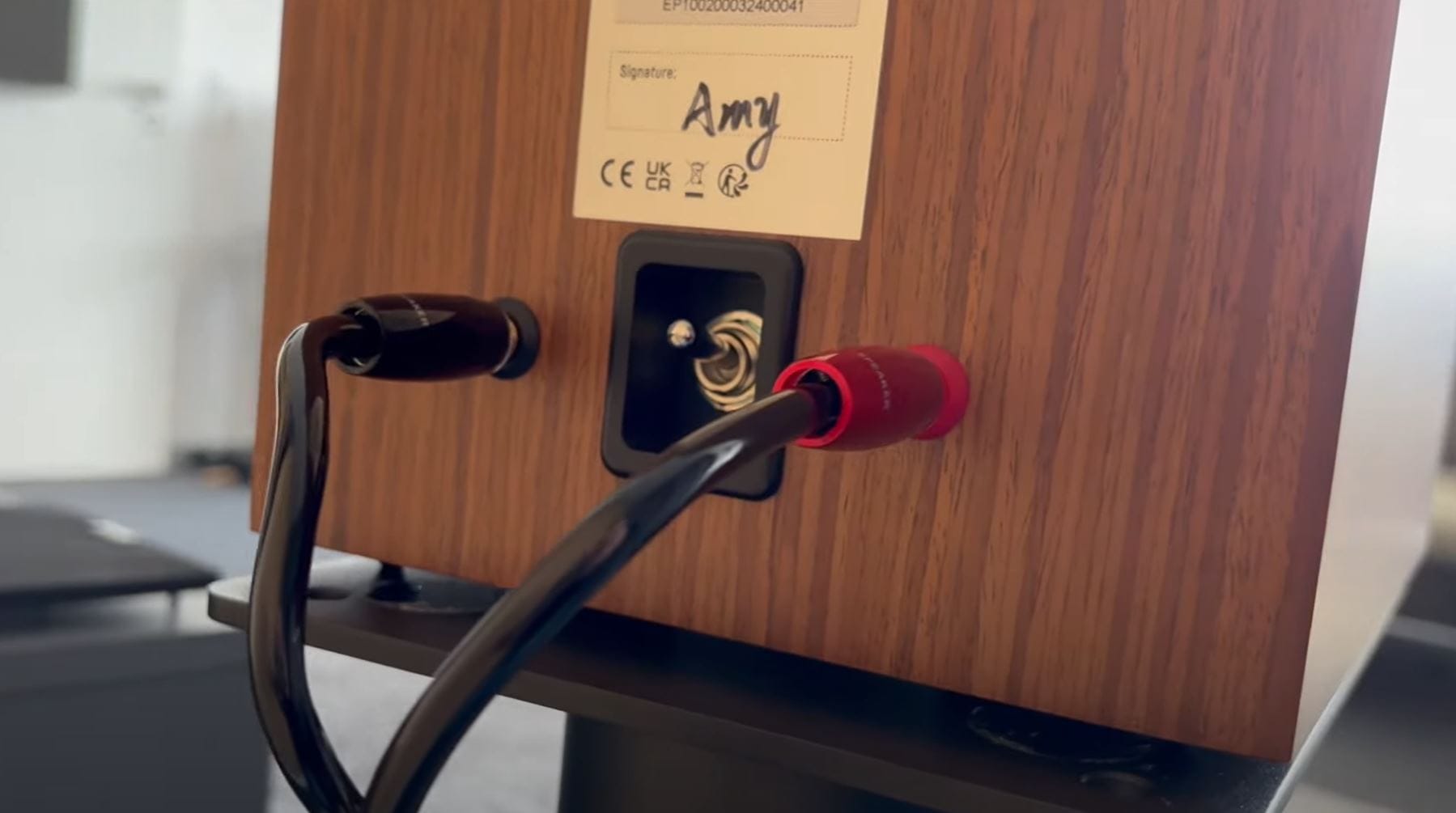
Typically Ikea
Not only should the speaker be suitable for placement near a wall, but it should also fit into a typical German living room shelf. And what is typical in such a shelf? Right, Ikea! That’s why the Epos ES-7N has a height of just 28 centimeters – less than a standard A4 binder. Its width of 20 centimeters and depth of 27 centimeters are also designed to fit where files or books would typically sit. Speaking of dimensions, the Epos ES-7N weighs 7.6 kg each.
Placement
As seen in the pictures, the speaker has an asymmetrical design. This should be considered when positioning the Epos. Fink and his team recommend placing the tweeters inward for the best results, although this is more of a suggestion than a rule. With the tweeters facing inward, we achieved a perfectly imaged soundstage. Facing outward, the soundstage became wider and more vivid. Feel free to experiment with the speaker orientation.
Speaking of experimenting with placement: as mentioned, the speakers are designed for a position near the wall, such as on a shelf or sideboard. This is supported by the forward-facing bass reflex port and a small switch on the back. When this switch is in the upward position, the speakers are suitable for freestanding placement. When placed near a wall, the bass noticeably increases.
The speakers almost double their acoustic size or simulate a subwoofer, as it could be described. However, the sound clarity decreases, and the soundstage becomes less harmonious. When we flip the small lever down, the bass remains stronger than in freestanding placement, but the sound becomes more balanced and harmonious. This switch doesn’t simply reduce the low frequencies but adjusts the sound to match the speaker’s wall placement, improving transparency and balance.
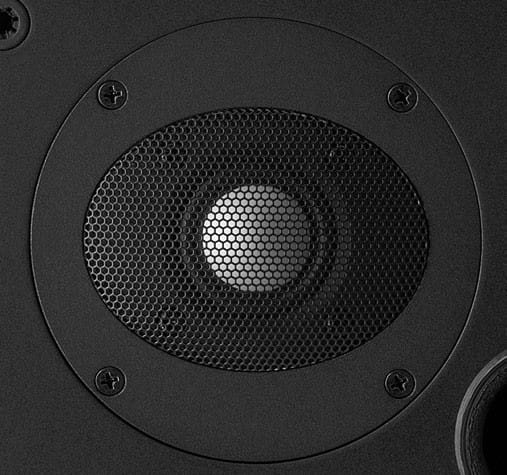

Technical Details
The Epos ES-7N has a sensitivity of 86 dB in the “Free” position (freestanding) and 89 dB in the “Wall” position (near the wall). Both values were measured at 2.83 V at 1 meter. The electrical impedance is 4 ohms. The tweeter is the same driver used in the larger ES-14N model, featuring a 28 mm voice coil on a ceramic-coated dome made of an aluminum alloy, plus a powerful ferrite magnet. To improve cooling and performance, the airflow inside the tweeter’s cavity has been optimized. A unique feature of the tweeter is that it does not use ferrofluid in the gap, ensuring stable temperature and low compression.
The tweeter takes over from a frequency of 2,000 Hz. The mid-bass driver is a new development based on the ES-14N’s technology. It uses a mica-filled polypropylene diaphragm, and the 30 mm voice coil works in a magnetic system with an impedance control ring to minimize distortion and intermodulation. Additional important features of the woofer include a low-hysteresis rubber surround and a Nomex spider, which ensure linear suspension and good control at higher excursions. The magnetic system features a dual magnet, which compensates for stray fields and increases the voice coil’s force. This is particularly important because the crossover, due to the compact speaker design, must be placed close to the driver. The compensation magnet helps avoid interference with the crossover inductors.
The ES-7N’s crossover contains the mentioned switch for two different sound profiles: freestanding and near the wall. By the way, the switch changes the main inductance of the woofer and the filter of the tweeter. The crossover uses a mix of capacitor types: polypropylene capacitors, polyester capacitors, and low-loss electrolytic capacitors. As with all Epos speakers, the crossover components were finally selected by ear. This brings us to the most important aspect: the sound.
Sound Test
Karl-Heinz Fink told us in a conversation that he is a fan of speakers with heart, which provide a perfect soundstage in the midrange. A colleague on his team is the bass specialist, as he’s a bassist himself. Another colleague is a fan of the typical high-end sound with fully developed high frequencies and a wide soundstage. Only when a new speaker satisfies all three people in terms of sound is its tuning considered complete. And we can confirm this in the sound test.
No matter what music we played, whether blues, jazz, classical, rock, or electronic music, the small Epos bookshelf speaker delivered an absolutely overwhelming, tight, dry bass, which we have rarely experienced in this size and class. It’s incredibly dynamic and can reveal the finest details while offering a room-filling soundstage. It also has heart. Music is rendered lively and realistically. The best proof of this is the goosebumps we repeatedly experienced while listening to various tracks – simply because the Epos ES-7N sounds so authentic. These speakers have earned a place in the reference class – right from their debut in our magazine. Congratulations to Essen, and we recommend all readers visit their nearest Epos dealer for a similar goosebump experience.
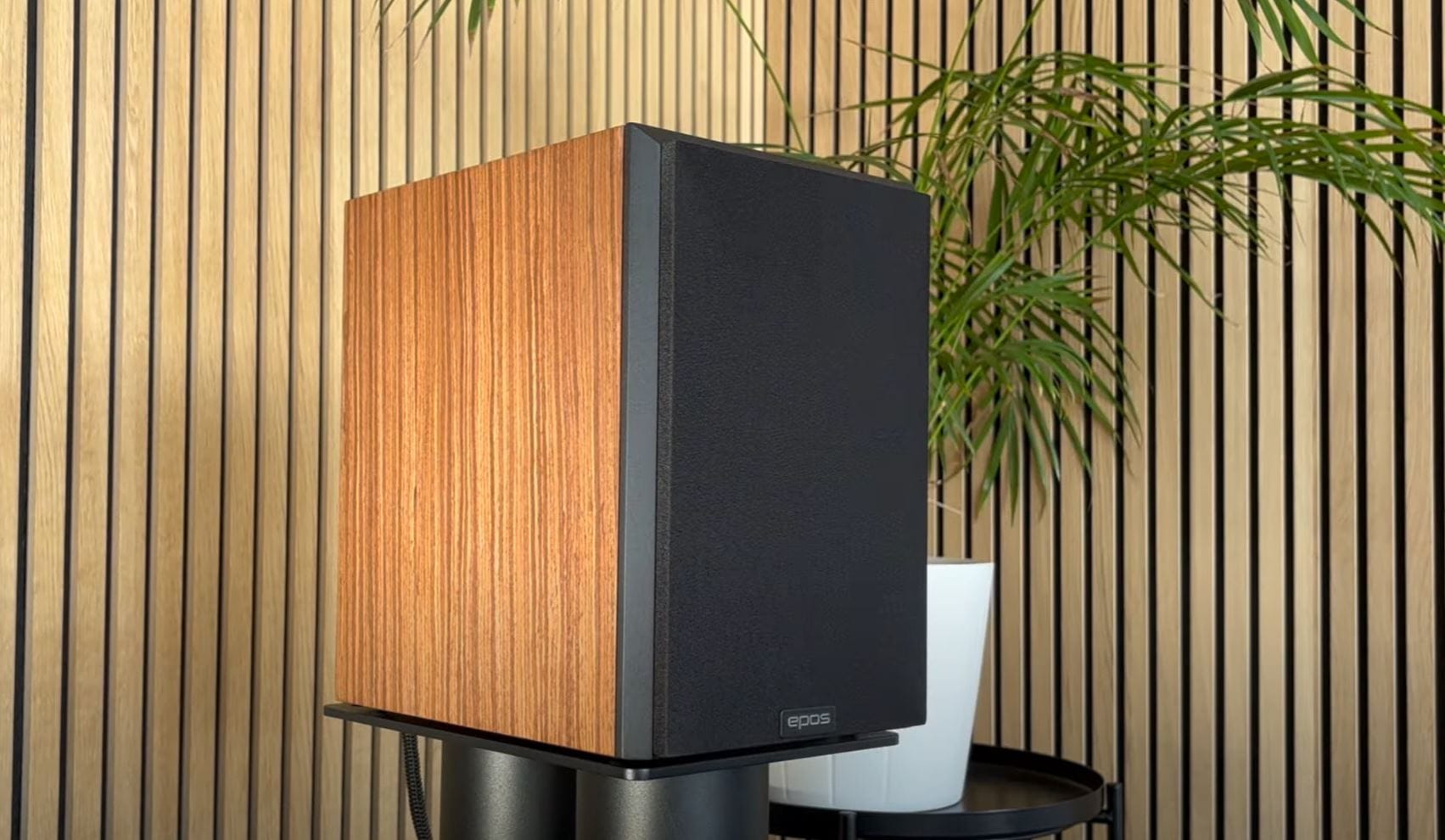
Specs
| Device Class | Compact Speaker |
| Price Category | Mid-range |
| Manufacturer | Epos |
| Model | ES-7N |
| Dimensions (W x H x D) | 20 x 29 x 27 cm |
| Weight | 7.6 kg |
| Website | www.epos-loudspeakers.com |
| Design | Bass Reflex, 2-Way |
| Frequency Response | 55Hz – 25kHz (+/- 3 dB) |
| Impedance | 4 Ohms |
| Recommended Room Size | 10 m² to 30 m² |
| Individual Sound Adjustment | Yes (Wall, Free) |
| Inputs | Banana Plug |
CONCLUSION
For $2,100 per pair, you get the Epos ES-7N bookshelf speakers, which work just as well on a stylish speaker stand in the perfect stereo triangle as they do on a shelf near the wall. Thanks to the switch on the back, the speakers sound clear, detailed, and expansive even close to a wall. Highly recommended!
- Wall placement possible thanks to the switch
- Design of the BR 25 speaker classic
Evaluation
- Bass Reproduction: 20/20
- Midrange Reproduction: 20/20
- Treble Reproduction: 20/20
- Soundstage: 10/10
- Sound Quality: 70/70
- Features/Build Quality: 8/10
- User-Friendliness: 10/10
- Adjustments/Deviations: None
- Intermediate Result: 88 out of 90 points
- Price/Performance: 9/10 (Very good)
Epos ES-7N Loudspeakers and T&A Electronics presented by Kog Audio at The Bristol HiFi show 2024
Kog Audio were demonstrating the rather nice and punchy Epos ES-7N stand mount loudspeakers along with T&A Electronics at ...




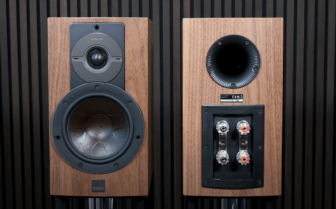
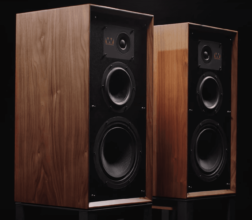
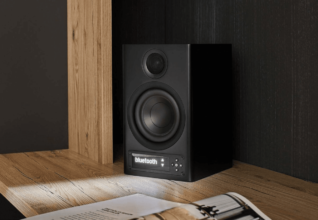
Excellent review,amazing speakers!!!!
I am thinking to match them with Rega Brio amplifier.Is this a good match?
Thank you!!!